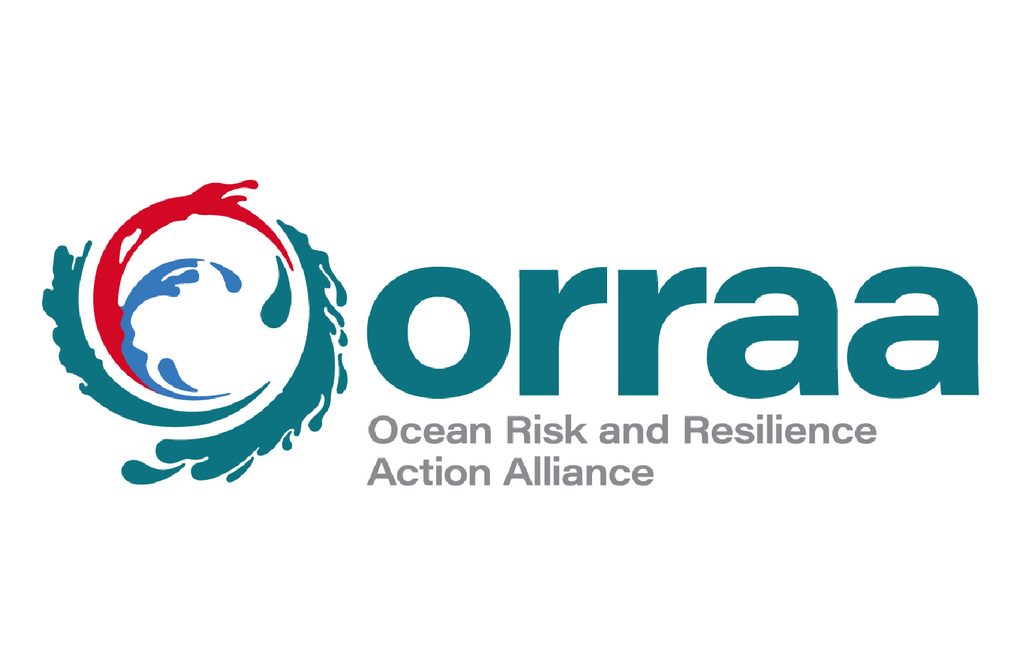We hosted a Coastal Physical Risk Workshop at Lloyd's alongside our partner Ocean Risk and Resilience Action Alliance to explore different approaches and challenges with assessing coastal risks that impact asset operators, carriers and lenders.Thank you to everyone who actively engaged with us in person and online from Beazley, NatWest, BNP Paribas, AXA XL, WTW, Iberostar Hotels & Resorts, FloodFlash, Insurance Development Forum. There’s immense value in bringing together decision-makers and technical minds who share the same concerns but prioritise or address these differently depending on the impact on the business.Here are 5 key challenges identified around understanding and managing coastal risks:
- Finding the latest data on shoreline position: Some shoreline data can be 5 to 10 years out of date. Coastline changes are localised and can be rapid (erosion, tidal influences) which means asset distance and elevation also shifts.
- Understanding uncertainty and validation: How to know which drivers are causing uncertainty. While it can be done at the aggregate-level, it is extremely challenging at the property-level.
- The tradeoffs resolution vs. granularity: High-resolution imagery solutions are available but granularity is not optimal yet. Data granularity is needed to improve property and infrastructure-level accuracy.
- Climate scenarios to forecast shoreline changes: National-scale datasets lack historical consistency, reliable updates and standardised corrections. Standardised historical data is neded for high confidence forecasts.
- Natural flood defences need to be included in risk: Trade-offs between more vs. less intensive approach to understand vulnerability to surge needs. Natural defences are a critical part that is currently missing from many surge and sea level rise forecasts.





